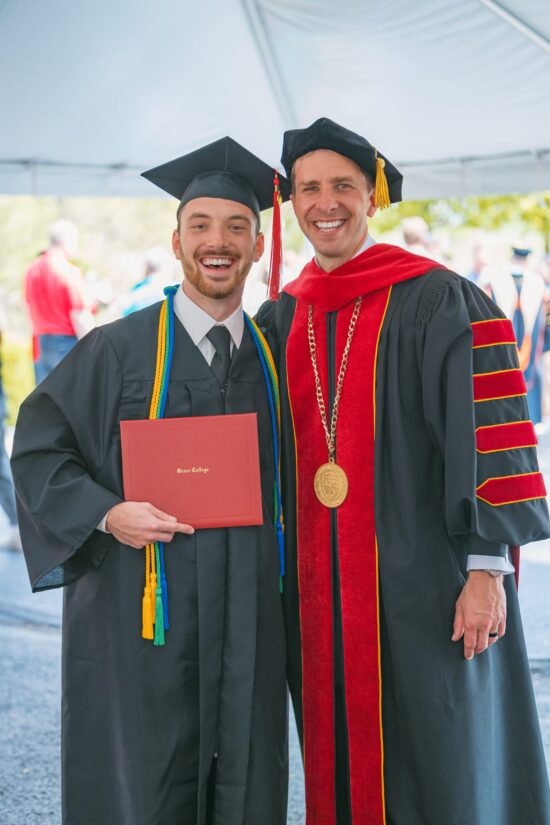Grace College and Seminary was accredited in 1994 by the Higher Learning Commission (HLC), a regional institutional accrediting agency recognized by the U.S. Department of Education. (Grace College was accredited in 1976 and Grace Seminary was accredited in 1982). Grace hosted its last HLC comprehensive evaluation in 2019 and received accreditation until 2028-2029.
More information on HLC can be found here.
The Higher Learning Commission (HLC) expects Grace College and Seminary to meet the Criteria for Accreditation, which are the standards of quality by which HLC determines whether an institution merits accreditation or reaffirmation of accreditation. To be fully accredited, Grace must provide the evidence for each of the following HLC criteria and criteria subcomponent.
Criterion 1. Mission
The institution’s mission is clear and articulated publicly; it guides the institution’s operations.
1.A. The institution’s mission is articulated publicly and operationalized throughout the institution.
1.B. The institution’s mission demonstrates commitment to the public good.
1.C. The institution provides opportunities for civic engagement in a diverse, multicultural society and globally connected world, as appropriate within its mission and for the constituencies it serves.

